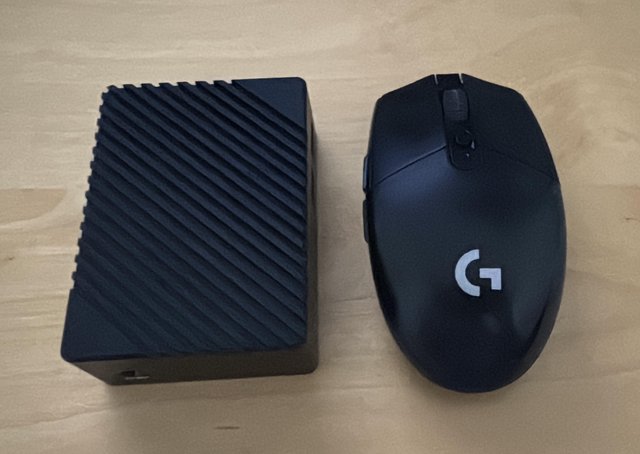Recently moved from opnsense to openwrt as wanted to move to a lower power device
This has Rockchip RK3588S, 8Gb RAM, 32Gb eMMC, 1x 1Gb port and 2x 2.5Gb ports.
full spec: https://www.friendlyelec.com/index.php?route=product/product&product_id=289
Runs at 5W full load and getting A+ Bufferbloat with SQM/Cake with 1400/110 connection
oh and its tiny!

Still learning openwrt, so far got wireguard and adblock home setup on it, you can even have lxc and docker to on it too (yet to explore)
This has Rockchip RK3588S, 8Gb RAM, 32Gb eMMC, 1x 1Gb port and 2x 2.5Gb ports.
full spec: https://www.friendlyelec.com/index.php?route=product/product&product_id=289
Runs at 5W full load and getting A+ Bufferbloat with SQM/Cake with 1400/110 connection
oh and its tiny!

Still learning openwrt, so far got wireguard and adblock home setup on it, you can even have lxc and docker to on it too (yet to explore)

